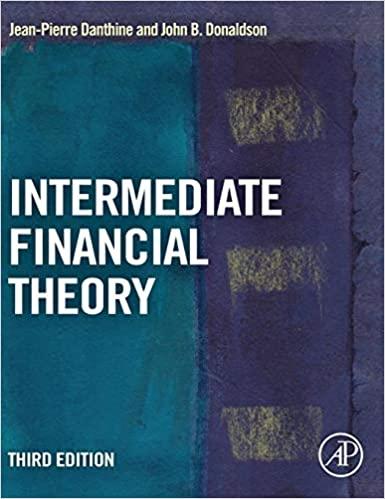Question
Walmart's balance sheet shows a total of non-callable $45 million long-term debt with a coupon rate of 7.00% and a yield to maturity of 6.00%.
Walmart's balance sheet shows a total of non-callable $45 million long-term debt with a coupon rate of 7.00% and a yield to maturity of 6.00%. This debt currently has a market value of $50 million. The balance sheet also shows that the company has 10 million shares of common stock, and the book value of the common equity (common stock plus retained earnings) is $65 million. The current stock price is $22.50 per share; stockholders' required return, rs, is 14.00%; and the firm's tax rate is 40%. The CFO thinks the WACC should be based on market-value weights, but the president thinks book weights are more appropriate. What is the difference between these two WACCs?
Step by Step Solution
There are 3 Steps involved in it
Step: 1

Get Instant Access to Expert-Tailored Solutions
See step-by-step solutions with expert insights and AI powered tools for academic success
Step: 2

Step: 3

Ace Your Homework with AI
Get the answers you need in no time with our AI-driven, step-by-step assistance
Get Started


